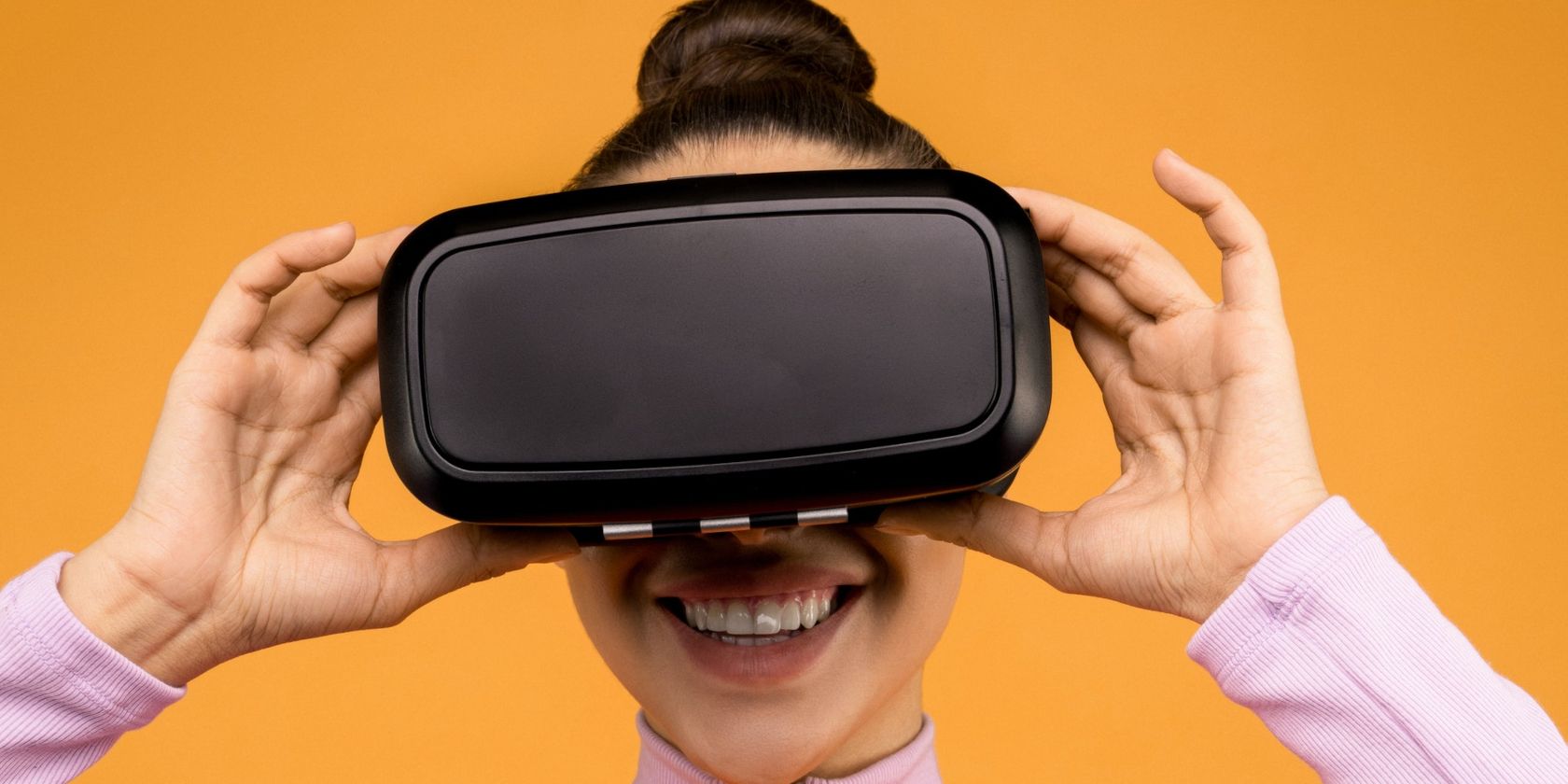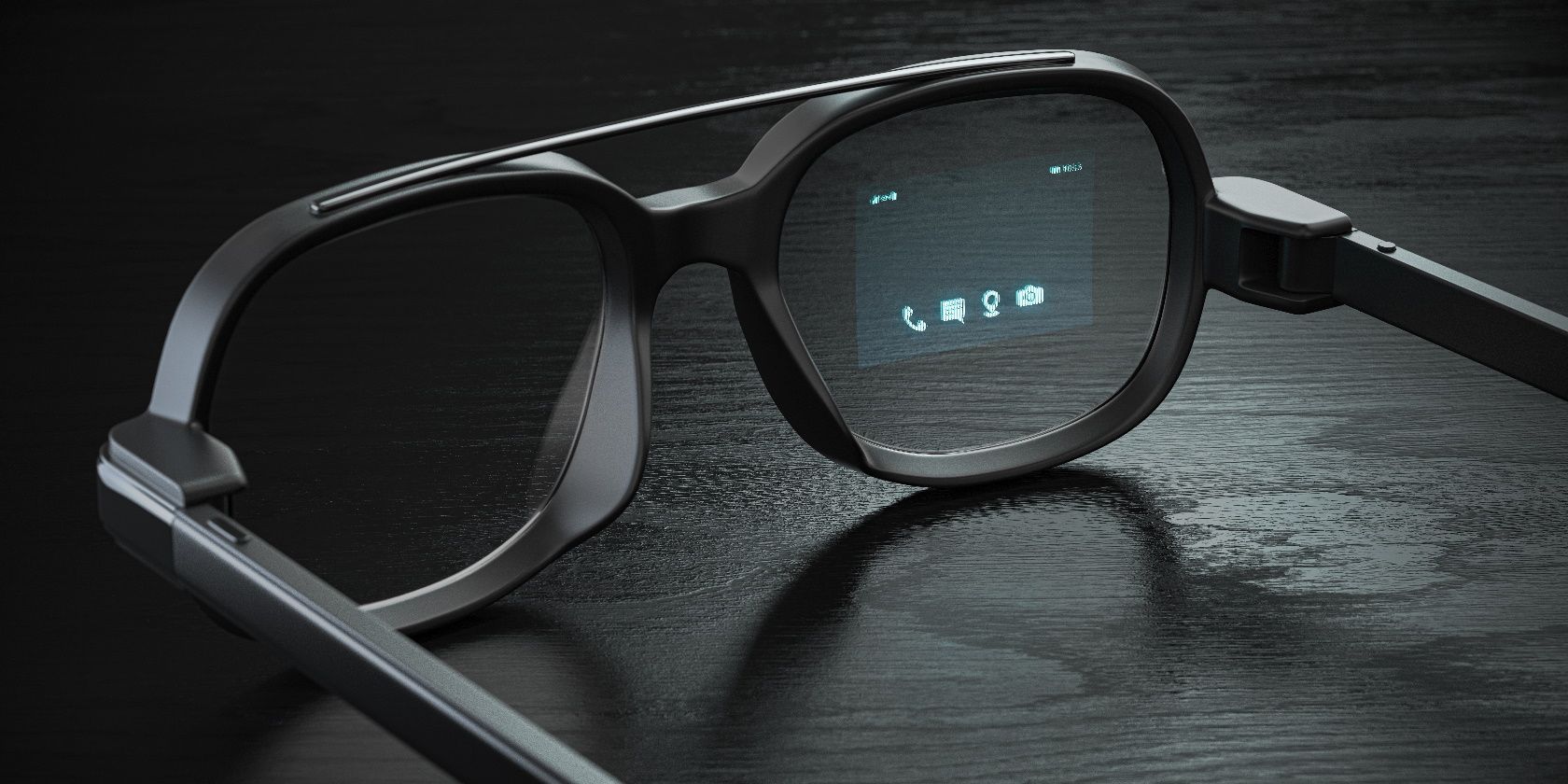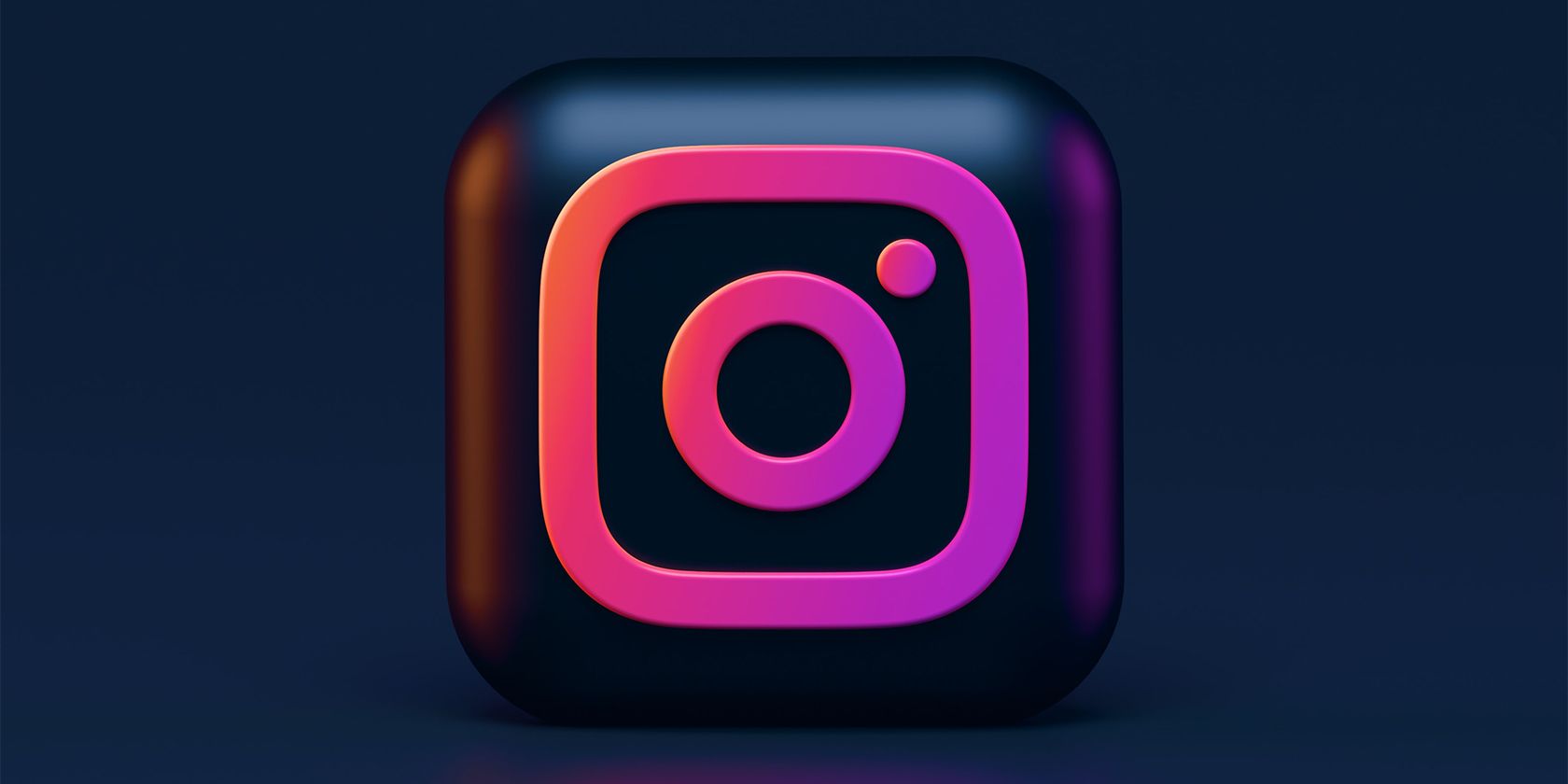If 2022 taught us anything, it's how fast things can change. Within a span of a year, we saw some of the biggest tech giants struggle to stay afloat, new rivals enter the market, and what appears to be the beginning of the AI revolution.
Predicting the future is no easy task, especially in an industry as volatile as tech. However, we shouldn't avoid patterns and trends when we see them. In this article, let's discuss some of our predictions for the tech industry in 2023.
1. Meta Will Launch a Twitter Alternative
Ever since Elon Musk bought Twitter, the platform has become a hotbed of controversy, and its future is more uncertain than ever. In fact, many advertisers have stopped working with the platform in fear of its unclear moderation policies and vow towards free speech.
Some are already turning to Mastodon as a Twitter alternative, but we haven't addressed the elephant in the room: Meta. The gap created by Twitter gives Meta the perfect opportunity to launch its own Twitter alternative and begin recovering from its shortcomings in 2022.
We predict that Meta could either launch an entirely new app or integrate Twitter-like features directly into Facebook—reigniting interest in the platform, especially from younger users. We remain curious to see if the company will take advantage of this opportunity.
2. AI Will Prevail Despite Controversy
AI is here, and there's no going back. In 2022, we saw the rise of AI tools such as DALL-E and ChatGPT that took the tech industry by storm. As exciting as these tools are, many creators and artists have started raising questions about the fairness of these AI tools.
We predict that controversy surrounding these AI tools will increase and may even fuel further uproar, but, it still won't hamper the growth of said tools. In reality, it's more likely that we'll have to make new laws that help us navigate the fair and safe use of AI.
3. iPhone 15 Won't Come With USB-C
You probably already know about the recent EU ruling on USB-C, and how it has forced manufacturers to switch to USB-C by 2024. You might have also seen headlines claiming that Apple has officially confirmed that it'll use USB-C, but that's not actually true.
In a Wall Street Journal interview, Apple executive Greg Joswiak did say "obviously we'll have to comply, we have no choice," but complying to a legislation and admitting the addition of a new feature are not the same thing. Remember, the ruling only applies to devices that are "capable of being recharged through wired charging".
This means Apple can technically dodge this ruling by removing the port from the iPhone and opting to replace it with MagSafe wireless chargers instead. The iPhone 15 will probably still come with a Lightning port, but the iPhone 16 may skip the port entirely.
4. AR Glasses Will Beat VR Headsets
2023 will be a big year for AR and VR technologies, and we're confident that the former will beat the latter–especially if Apple decides to launch its own AR glasses. While Meta is working hard to bring its vision of the metaverse to life, we predict that AR glasses will gain faster and wider adoption than VR headsets.
Why? Because the metaverse is a long-term project with a huge scope, but AR is easier to implement and has a more obvious purpose. And since no one cares about the metaverse yet, it gives AR glasses the perfect opportunity to become a new trendy yet practical wearable gadget, just like your AirPods or Apple Watch.
5. Google Pixel Will Win in the Android Market
Google had a shaky start in the smartphone market. But, ever since the launch of the Pixel 6, we got a glimpse into what an all-Google phone is truly capable of. Now, after some tweaks and refinements, we can confidently say that the latest Pixel 7 is one of the best value-for-money Android flagship from 2022.
Granted, not all Pixel devices are good, such as the Pixel Watch, but the Pixel 7 proved that Google learns from its mistakes. We're obviously not expecting Google to become as popular as Samsung, but we definitely see it becoming one of the major Android brands in 2023 after expanding its Pixel Portfolio of hardware products.
6. Instagram Will Kill TikTok and BeReal
This one might be a bit controversial, but we think Instagram will eliminate TikTok and BeReal in 2023. TikTok is already banned in several countries, and it's currently under scrutiny in the US as well for being a potential national threat, just like Huawei in 2019.
It seems the sentiment around TikTok is changing among creators too, as many of them find its monetization policy unfair, making it hard to earn a living. Knowing this, Instagram could act as a natural safe haven for users, creators, advertisers, and the government.
As far as BeReal is concerned, the idea behind the app is indeed unique, but it's also quite easy to copy. Rumors suggest that Instagram is already testing a feature dubbed "IG Candid" that replicates BeReal. If launched, BeReal could have a hard time retaining users.
7. OnePlus Will Exit the US Market
There was a time when OnePlus was the obvious choice for enthusiasts looking to buy an Android phone. But, over the years, the brand has become increasingly irrelevant, especially after its merger with Oppo. It's a shame because OnePlus maintained a strong hold on the US market for quite a while.
As much as we'd like OnePlus to make a comeback, we think the company will instead exit the US market due to its poor sales, decline in popularity, and the rise of other competing brands such as Google Pixel.
8. 5G Will Disappoint Yet Again
It's hard to find a phone that doesn't support 5G today, and yet, the cellular technology is far from mainstream. For context, the world's first 4G phone was launched in 2010, but it took until 2019 for 4G to be adopted by around half the global population.
Knowing that, it's unreasonable to assume that 5G will become mainstream in 2023. While some cities have already installed it and many more will do so in the coming months, know that even our most optimistic estimates for global 5G adoption hint at 2025.
When service providers today claim that they support 5G, they're mostly referring to Sub-6GHz 5G, which is only slightly faster than 4G. The real mmWave 5G infrastructure will take time to set up.
Expect 2023 to Be Full of Surprises
The tech industry is in a weird place right now, and it's hard to keep track of everything going on. As a reminder, our predictions for what 2023 will look like are as good as anyone else's, so take what we say with a pinch of salt.
Alongside these predictions, there are plenty of products we're looking forward to for 2023 already.





